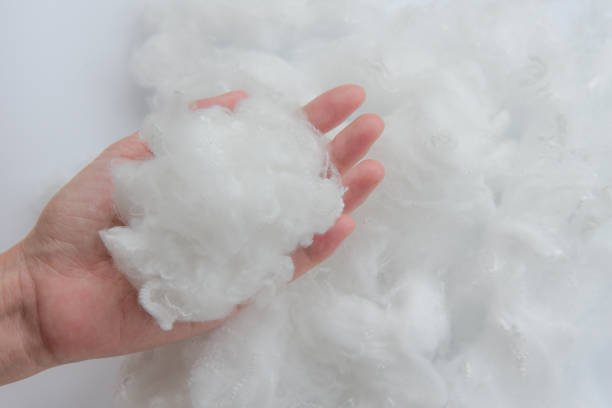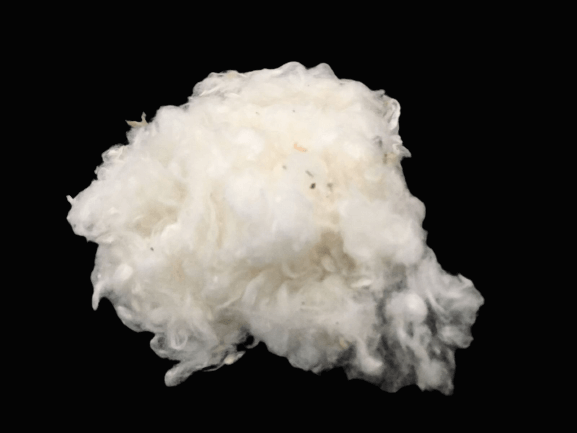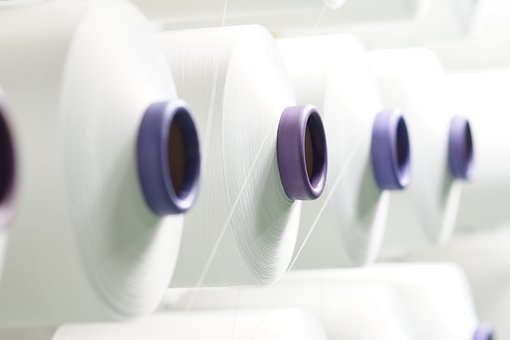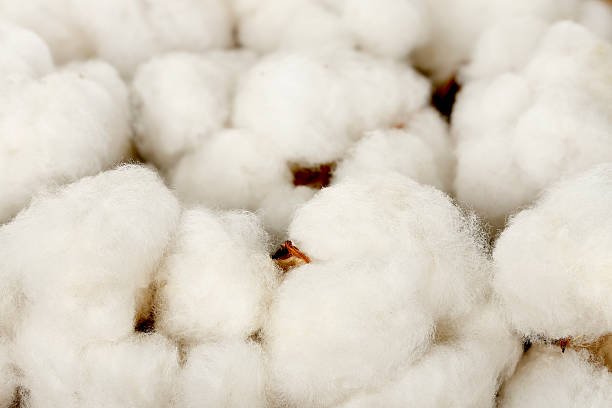Fibers are building blocks of various textile products such as yarns, fabrics and nonwovens. We have already covered a detailed introduction to textile fibers, their primary properties, secondary properties and a brief introduction of different types of fibers such as natural fibers, synthetic fibers and regenerated fibers. However, the question “what is the difference between a natural fiber and a synthetic fiber?” still needs to be answered in detail.
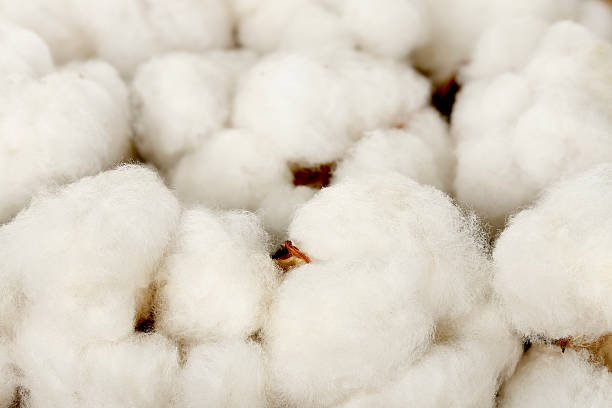
As we already know that fibers can be broadly classified into three different types, not two, namely natural fibers, synthetic fibers and regenerated fibers. Natural fibers originate from nature, synthetic fibers are man made fibers while regenerated fibers fall in between the natural and synthetic fibers as their raw material comes from nature while they are converted into fibers synthetically.
Understanding the differences between different types of fibers is essential for making informed choices when it comes to selecting fabrics for various purposes. In this article, we will explore the characteristics, sources, production methods, and advantages of natural and synthetic fibers.
Natural Fibers:
Natural fibers are derived from plants, animals, and minerals, making them environmentally friendly and biodegradable. However, all mineral fibers may not always be human friendly. People have been using natural fibers for thousands of years, dating back to ancient civilizations. Some of the most common types of natural fibers include:
Cotton: Cotton is one of the most widely used natural fibers and is derived from the cotton plant’s seedpod. We have already covered introduction, chemistry, properties and applications of cotton fibers in detail here. It is known for its breathability, comfort, and softness, making it ideal for clothing, bedding, and other everyday textiles.
Wool: Wool comes from the fleece of sheep and certain other animals like goats (cashmere and mohair) and rabbits (angora). Wool is an excellent insulator and can regulate body temperature, making it suitable for winter clothing.
Silk: Silk is produced by silkworms and is known for its lustrous appearance and smooth texture. It is commonly used in high-end clothing and luxury products.
Hemp: Hemp fibers are obtained from the hemp plant and are known for their strength, durability, and eco-friendliness. They are used to make various products, including clothing, ropes, and paper.
Flax: Flax fibers, also known as linen, are derived from the flax plant’s stem. Linen is highly breathable, lightweight, and often used in summer clothing.
Synthetic Fibers:
Synthetic fibers, on the other hand, are man-made and created through chemical processes. They were developed as a response to the increasing demand for fibers with specific properties and characteristics not found in natural fibers. Synthetic fibers have gained popularity over the last century due to their versatility, cost-effectiveness, and ease of production. Most of the synthetic fibers are petroleum based fibers. Some common types of synthetic fibers include:
Polyester: Polyester is one of the most widely used synthetic fibers. It is durable, wrinkle-resistant, and dries quickly. Polyester is commonly found in various types of clothing, upholstery, and home textiles.
Nylon: Nylon is known for its strength, elasticity, and abrasion resistance. It is often used in hosiery, sportswear, and other products that require a combination of flexibility and toughness.
Acrylic: Acrylic fibers resemble wool in appearance and texture. They are lightweight, soft, and retain their shape well, making them suitable for sweaters, blankets, and faux fur.
Rayon: Although derived from natural sources such as wood pulp, rayon is considered a semi-synthetic or regenerated fiber because of the extensive chemical processing involved. It is versatile and used in various applications, including clothing, upholstery, and medical supplies.
Polypropylene: Polypropylene is a thermoplastic fiber known for its moisture-wicking properties. It is often used in activewear, socks, and other products requiring moisture management.
what is the difference between a natural fiber and a synthetic fiber?
Source:
The most fundamental difference between natural and synthetic fibers lies in their origins. Natural fibers are derived from nature, while synthetic fibers are manufactured in laboratories or factories using raw material that is derived from petroleum industry.
Properties:
Each type of fiber has distinct properties, and certain fibers are better suited for specific applications. For instance, natural fibers like cotton and linen are preferred for soft and breathable clothing, while synthetic fibers like polyester and nylon are used for their strength and stretchability.
As for as comparison between properties of natural and synthetic fibers is concerned, natural fibers have great fiber to fiber variations in their properties because their development is governed by nature and climatic conditions. On the other hand, synthetic fibers can be made to have uniform properties. For example, cotton fibers from the same field have different lengths whereas as synthetic fibers such as polyester have uniform length without showing any fiber to fiber variation. This is because the length of the fibers can controlled during their manufacturing process.
Uniformity in length can result in production of yarn with greater yarn evenness and thus improved properties of resulting yarns and fabrics. Similar is the case with fiber fineness or diameter and other properties.
Environmental Impact:
Natural fibers are biodegradable, which means they can decompose naturally and have a lower environmental impact compared to synthetic fibers, many of which are not biodegradable. During last decades, the environmental pollution caused by microplastic shredded from synthetic fibers have raised concerned. Textiles made of synthetic fibers shred microparticles during washing and normal usage.
Comfort and Feel:
Natural fibers generally offer better breathability and comfort, as they are made from natural materials. Natural fibers are good at absorbing moisture or sweat giving a feel of dryness. On the other hand, synthetic fibers can sometimes feel less comfortable, especially in hot and humid conditions, as they do not have the same level of absorption. However, they can contribute to comfort with their good moisture wicking properties. Good moisture wicking properties can transport moisture away from body leading body dry during sweating.
Strength and Durability:
Synthetic fibers are often stronger and more durable than natural fibers, making them suitable for products that require higher levels of resilience and longevity. Therefore, synthetic fibers are extensively used in technical products such as ropes and industrial fabrics. However, there are different grades of synthetic fibers such as partially oriented yarn (POY),fully drawn yarn(FDY) and drawn and textured yarn (DTY) having different levels of strength which we have discussed in detail here.
Production Process:
Natural fibers are obtained from nature and processed through ginning (cotton), retting (jute, flax etc.), or shearing, which are more straightforward and less energy-intensive compared to the complex chemical processes involved in the production of synthetic fibers. Synthetic fibers are manufactured through different processes such as melting spinning, wet spinning, dry jet wet spinning etc. the details of which are out of scope of this article.
Cost:
Natural fibers can be more expensive than synthetic fibers due to factors such as limited supply, labor-intensive harvesting, and seasonal variations. Climatic conditions can also affect the yield of the natural fibers such as cotton crop and thus may limit its supply.
Conclusion:
In summary, natural fibers are derived from plants, animals, or minerals and have been used by humans from centuries. They offer comfort, breathability, and biodegradability but can be more expensive and may not possess the same level of strength as synthetic fibers. Synthetic fibers, on the other hand, are man-made and offer a wide range of properties, including strength, durability, and versatility. While they might lack the environmental benefits of natural fibers, they are cost-effective and excel in specific applications.
When choosing between natural and synthetic fibers, it’s essential to consider the intended use of the product, personal preferences, and environmental concerns to make a well-informed decision that meets your needs and values.
